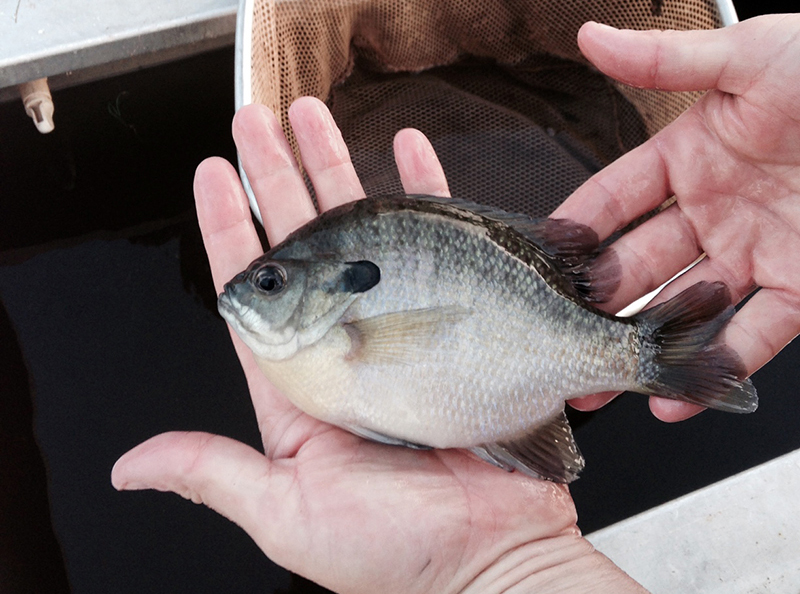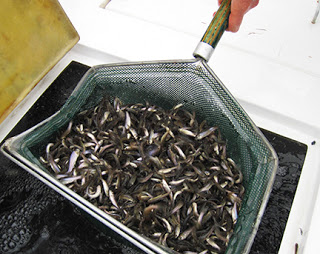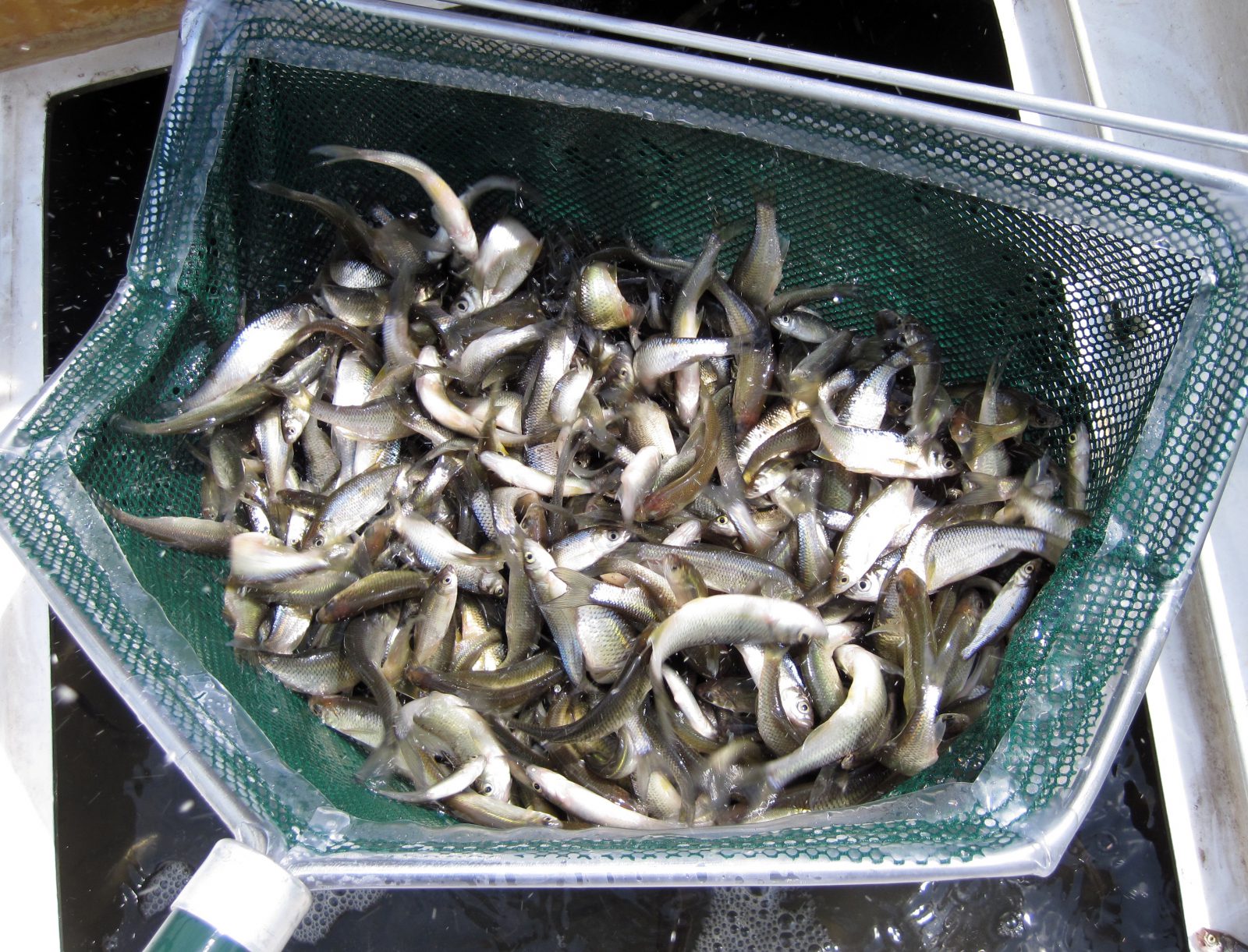
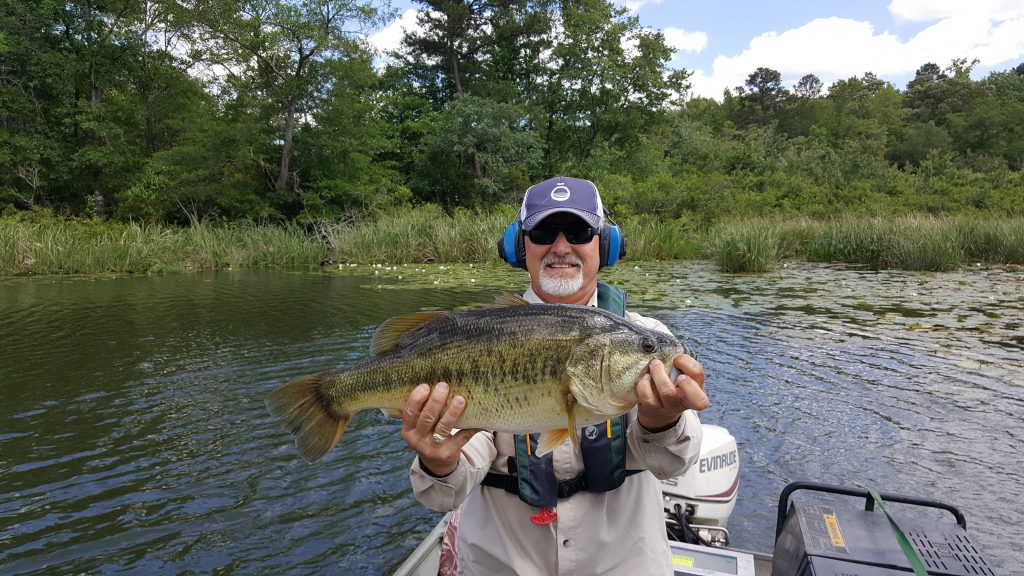
Fertilizing With Purpose: Boost Your Fishery’s Productivity while Limiting Toxic Algae
As many lake and pond owners know, fertilizing is an effective fisheries management method to increase the biomass of fish a waterbody can naturally support and strengthen the food web. Through the application of additional nutrients to the water, fishing ponds can accommodate more than three or four times the amount of fish than ponds lacking suitable nutrients, leading to a larger population of game fish. But with the various fertilization strategies and nutrient-supplying products available to property owners, how can you know which program is most effective and environmentally responsible?
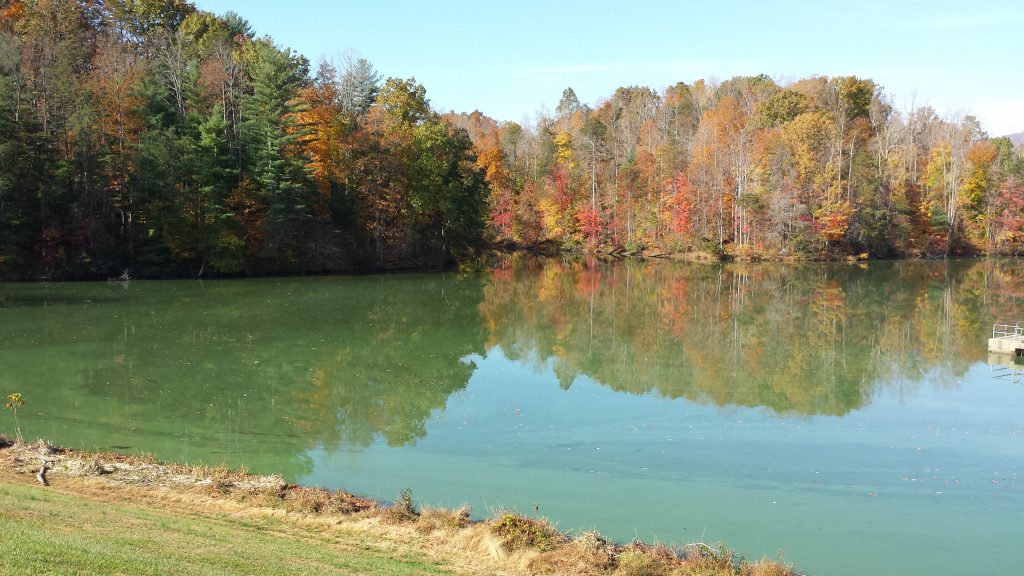
Prevent Fish Kill By Testing Your Waterbody For Toxic Algae
While green is a much-avoided color in lakes and ponds used for recreation and aesthetic beauty, it is a desirable color for fisheries because it indicates the water is well-fertilized and rich in the nutrients necessary to sustain trophy fish. However, many years of trial and error, inquiry, and research have shown us that the results can differ immensely from fertilizer program to fertilizer program, no matter how green a pond may look. Nearly all traditional fertilizing programs are focused heavily on the delivery of the nutrient phosphorus to the water and are less focused on the nutrient nitrogen. Both of these nutrients play a critical role in stimulating the growth of algae that supports fish development, but at times, too much phosphorus can encourage cyanobacteria (also known as blue-green algae) capable of producing toxins that can greatly disrupt the balance of the surrounding ecosystem.
Harmful Algal Blooms (HABs) like cyanobacteria are undesirable for fisheries that are focused on effectively growing trophy fish. Cyanobacteria threaten the productivity of fisheries by obstructing the movement of energy and biomass up the food chain, subsequently limiting the growth potential of forage fish, resulting in less growth amongst your trophy fish species. When phosphorus-heavy fertilization programs are initiated in systems that already have enough phosphorus, this problem is often exacerbated by creating more cyanobacteria and less healthy algae. Put simply, without water quality testing and algae identification to confirm the needs of a waterbody, the fertilizer being added to a fishery can possibly discourage fish growth, rather than promote it.
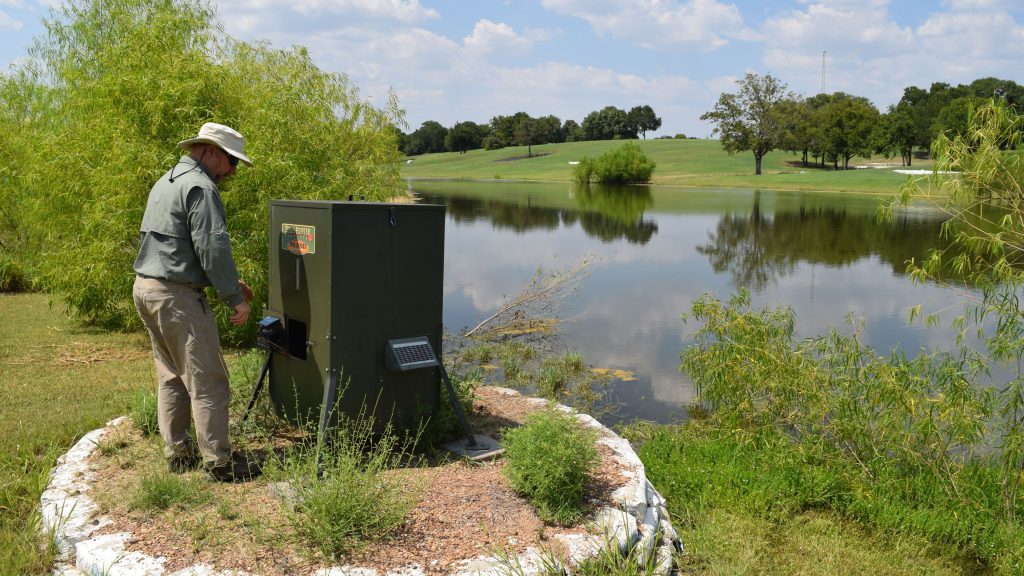
Try Low-Phosphorus Fish Feed To Increase Fish Population
Additionally, other steps can be taken to maximize productivity. For instance, lake and pond owners can switch to a low-phosphorus fish feed to reduce excess phosphorus from entering a waterbody, which can help maintain the desirable nitrogen to phosphorus ratio needed by beneficial green algae to properly compete with cyanobacteria. Ask your fisheries biologist about creating a fertilizing and feeding strategy that considers the unique water quality parameters, goals, and budget for your waterbody, as well as other sustainable strategies to improve the health and longevity of your waterbody.
All Fisheries Can Benefit From A Forage Fish Population
Adopting advancements in science by fertilizing with a better-defined purpose is key to creating a safe environment for your loved ones while also achieving a thriving trophy fishery. Once a healthy and productive environment has been cultivated, it is time to consider other management tasks, such as fish stocking. Lakes and ponds that are managed for the appropriate algae species gain synergy from the introduction of desirable forage fish, which can evoke impactful changes in an aquatic ecosystem. Forage species may vary depending on region and local jurisdiction, but all fisheries can benefit from thriving forage populations such as Bluegill, Fathead Minnows, Redear Sunfish, and Threadfin Shad this spring.
Bluegill serve as excellent forage fish in both growing and well-established fisheries. Bluegill grow to 6-10 inches and begin spawning when the water temperature reaches 70°F, making it critical to complete stocking before April. In addition to serving as a staple food source for Largemouth Bass populations, Bluegill helps keep the water column clean by feeding on a variety of small organisms, including mosquito larvae.
Likewise, Fathead Minnows are outstanding forage and sources of mosquito control. At three inches in length, adult minnows thrive in turbid, low-oxygenated waterbodies and spawn along the shoreline where mosquitoes often lay their eggs. Fathead Minnows are a proven method to eliminate mosquito larvae from ponds, in addition to feeding on algae and other organic materials in the water column. Fathead minnows are an excellent choice for forage species in ponds that are void of predator fish and are typically only stocked in trophy fisheries during the development phase prior to the introduction of predator species.
Golden Shiners serve as an excellent forage species for predator fish such as Largemouth Bass. They thrive in ponds and lakes and are oftentimes stocked to support Largemouth Bass growth in states where Threadfin Shad are either not legal or not readily available. They spawn in the spring and summer months and can reach nine inches in length. Golden Shiners are typically stocked in the spring and fall months, depending on the needs and goals of the fishery.
Managing Fish Habitats
Creating a trophy fishery is not always easy, but with the proper ecosystem preparation, fish stocking strategies, and proactive management, it is possible to cultivate a productive fishery that achieves your long-term goals while meeting your budget. Need help getting started? Contact a fisheries biologist for recommendations for your unique property.
SOLitude Lake Management is a nationwide environmental firm committed to providing sustainable solutions that improve water quality, enhance beauty, preserve natural resources and reduce our environmental footprint. SOLitude’s team of aquatic resource management professionals specializes in the development and execution of customized lake, pond, wetland, and fisheries management programs that include water quality testing and restoration, nutrient remediation, algae, and aquatic weed control, installation and maintenance of fountains and aeration systems, bathymetry, shoreline erosion restoration, mechanical harvesting and hydro-raking, lake vegetation studies, biological assessments, habitat evaluations, and invasive species management. Services and educational resources are available to clients nationwide, including homeowners associations, multi-family and apartment communities, golf courses, commercial developments, ranches, private landowners, reservoirs, recreational and public lakes, municipalities, drinking water authorities, parks, and state and federal agencies. SOLitude Lake Management is a proud member of the Rentokil Steritech family of companies in North America.








